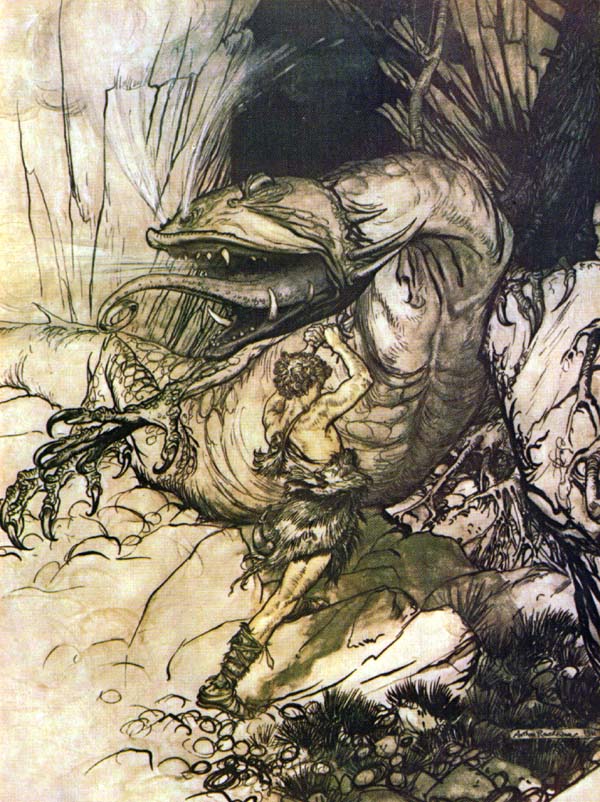With all the dragons in new fantasy stories today, I hope young readers haven’t been shielded from their traditional setting. The picture of a dragon hoarding treasure under a mountain is a classic depiction of greed.
The beast is at the top of the food chain. It can destroy whole kingdoms if it wanted to. If two dragons were to fight each other, the disaster to their field of battle would be apocalyptic. But a defining quality of a dragon is its hoard. Why does it sleep on a mountain of gold? Why did Smaug care that Bilbo took a cup, and how could he have noticed one cup missing from his trove of treasure? Because that’s what dragons are about. They want all the wealth for themselves, and they are powerful and conceited enough to refuse to allow anyone to slight them.
I was thinking this morning about how some of us tend to use what we have and some of us tend to keep it unused. I’m a keeper. I’ve had my favorite t-shirt for over 20 years because I don’t wear it often. When people ask, “What would you do if we gave you $1000 today,” my first thought is to put it in the bank for the future. Of course, there will be a time to use it, but not today, because if I use it now, I may not have it tomorrow.
I wonder if the idea of a dragon hoard would apply well to those of us who keep to ourselves and take comfort in what we could do tomorrow if the need arose. Maybe all we’re doing is holding on to our wealth, not out of greed but out of pride, fear, and personal comfort.
What else do we have today?
Moon Caves: In the Sea of Tranquility or Mare Tranquillitatis, there’s a 200-foot pit, one of many spotted by satellites orbiting the Moon. Scientists studying the photographs have reason to believe this pit has a cave. Why we aren’t sending people to the Moon by now is likely a political question. The current NASA plan appears to be sending a team around the Moon.
In related news, Space X has been sending astronauts to the International Space Station for a few years. They have a team, Crew-8, at the station now and will send Crew-9 in mid-August.
Photo by Jonathan Kemper on Unsplash



